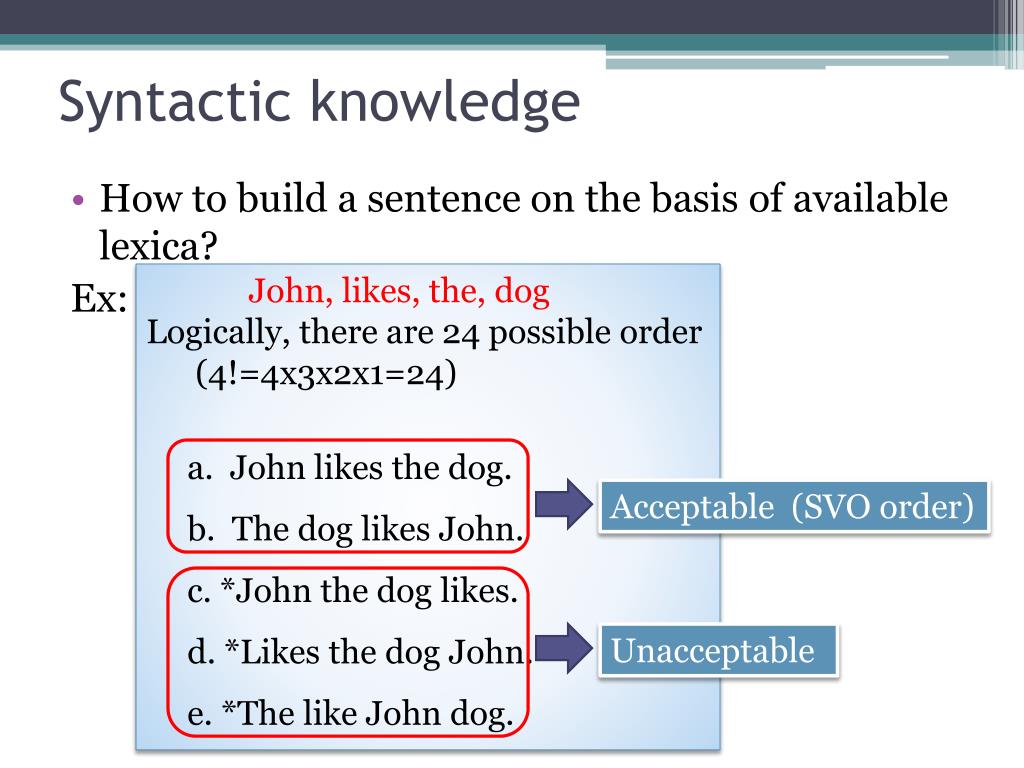


If, on the other hand, a phonological process is active in other Arabic dialects but not in Ma‘ani Arabic, this study highlights that phenomenon and shows the similarities and differences between them. When certain phonological phenomena are active in Ma‘ani and other Arabic dialect, this dissertation tries to uncover the underlying reasons especially when these phenomena behave differently in one of the dialects. Finally, Ma‘ani Arabic is compared to other Jordanian dialects and to other neighbouring dialects through out this dissertation. The data shows that the so called geminates are sequences of identical consonants resulted mainly from the ban on high short vowels between two identical consonants. In addition, this dissertation denies the existence of true tautosyllabic geminates in Arabic. Closed syllable shortening, on the other hand, stems from phonology-morphology interactions. One of the novel findings of this study is the fact that the hidden motive for lexical epenthesis in medial four consonant clusters is morphology rather than phonology. Authentic examples from Ma‘ani Arabic and other Arabic dialects show that the interaction of phonology and morphology is inevitable when considering the interaction of different phonological phenomena. It is proposed that a number of phonological principles, the Obligatory Contour Principle, the Sonority Sequencing Principle, the Syllable Contact Law and the. classic, Sympathy and Correspondence, are the main purposes of this dissertation. Accounting for the phonology of Ma‘ani Arabic, an untouched Jordanian Arabic dialect, and supporting the superiority of Stratal Optimality Theory over other parallel Optimality Theory models, i.e.


 0 kommentar(er)
0 kommentar(er)
